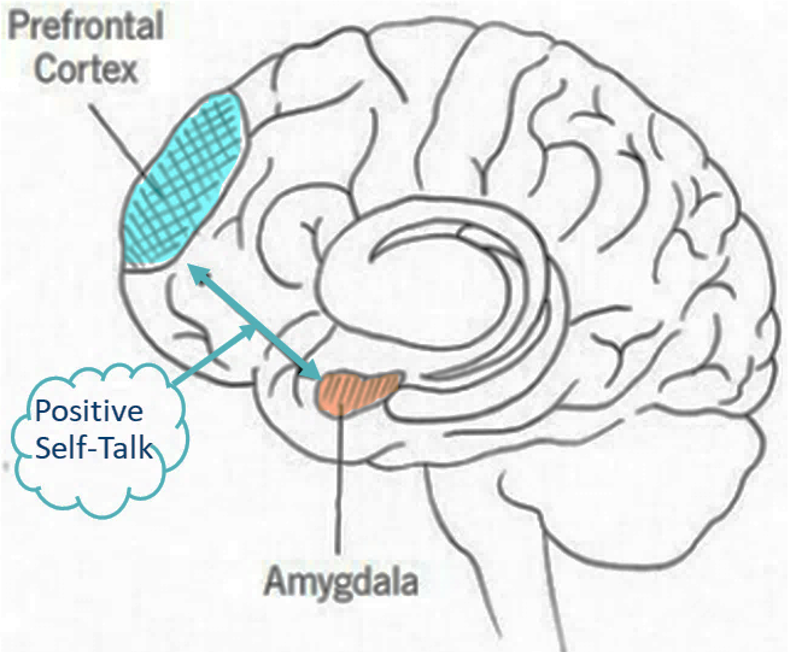What is a Neuroleadership Coach?
A neuroleadership coach differs from a ‘classic’ leadership coach primarily in that they base their methods and interventions explicitly on neuroscientific findings.
While a normal coach primarily works with models from psychology, communication or organizational development, the neuroleadership coach also brings an understanding of how biochemical and network-related processes in the brain enable or inhibit leadership skills.
1. Focus and Methods
|
Aspect |
Classic Coach |
Neuroleadership |
|
Foundation |
Psychology, Sociology, |
Neuroscience, |
|
Interventions |
Setting objectives, |
Mindfulness, |
2. The neural architecture: Cortex ↔ Amygdala
- The amygdala as the danger center
- Recognizes potential threats at lightning speed (unconsciously in a few milliseconds).
- Sends stress signals (e.g. cortisol release) that trigger fight-or-flight responses.
- Prefrontal cortex (PFC) as control and sensory center
- Responsible for working memory and logical thinking.
- Evaluates emotional stimuli and controls social decision-making processes.
- Connecting pathways
- Synapses are strengthened here through the repetition of thought and behaviour patterns.

3. Self-talk as a lever Top-down regulation
- The Cortex modulates amygdala activity by reinterpreting stress and anxiety stimuli.
- Positive self-talk (‘I can do this’) activates prefrontal networks that calm the amygdala.
- If the amygdala becomes too active (e.g. in an acute stress response), it can temporarily suppress certain processes.
- Uncontrolled, negative self-talk reinforces this loop and cements reactive patterns.
- Regular training in constructive self-talk (e.g. in the form of affirmations or reframing questions) shapes the density of connections and promotes a lasting strengthening.
- Over time, this creates a ‘neural safety architecture’ that brings you out of survival mode and into intentional mode more quickly.
4. What does a neuroleadership coach actually do?
- Raising awareness of neural processes
Clients understand what happens in the brain when they are stressed. - Targeted self-talk training
Identifying obstructive inner voices, developing new, empowering self-talk. - Mindfulness and breathing exercises
strengthening cortex activity, reducing amygdala reactivity. - Transfer to everyday leadership
exercises that establish new connections in the brain (e.g. ‘if-then plans’ for coping patterns).
A classic coach may help you sharpen your leadership strategies – a neuroleadership coach goes one step further and accompanies you at the level of your neural networks so that your ‘new’ leadership behaviour becomes sustainably anchored in your brain.



